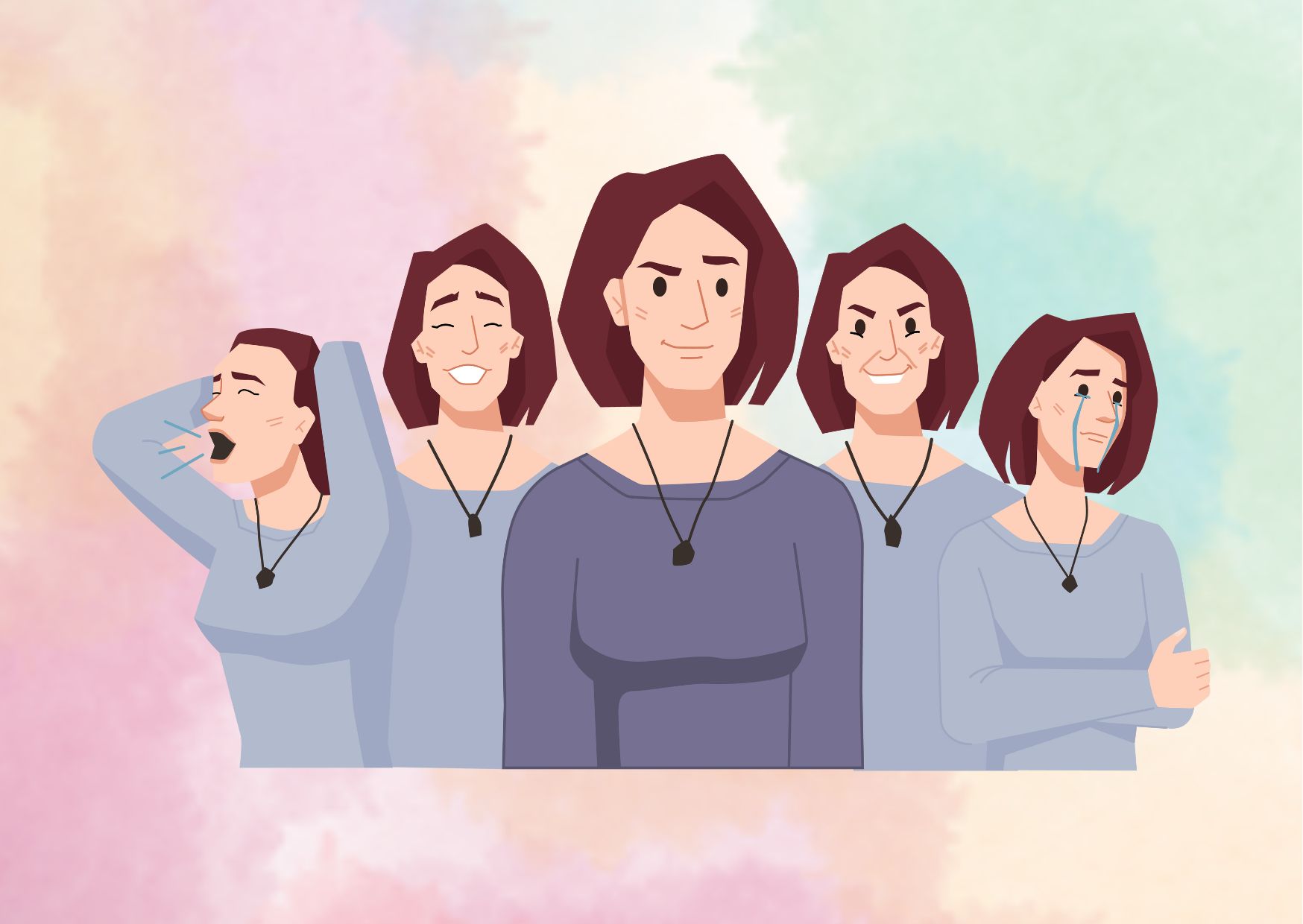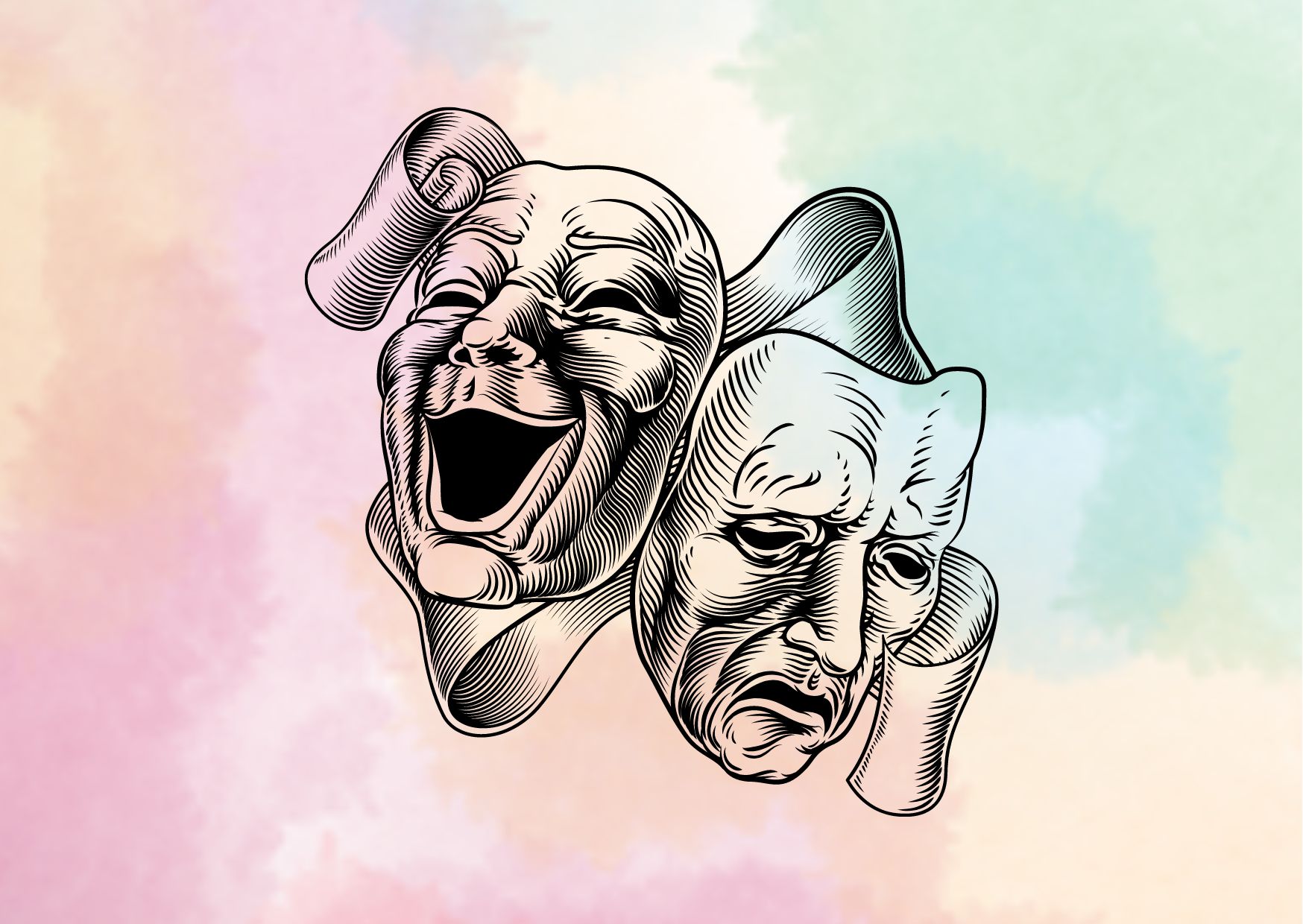Complex Psychology behind Manic Depression: Symptoms, Causes, and Treatment
Manic depression, also known as bipolar disorder, is a mental health condition characterized by intense mood swings between emotional highs (mania or hypomania) and lows (depression). This chronic mood disorder affects about 2.6% of the U.S. population, causing significant shifts in energy, activity levels, and concentration.
There are several types of manic depression, including bipolar I disorder, bipolar II disorder, cyclothymia, and other specified/unspecified bipolar disorders. In this comprehensive guide, we’ll explore the symptoms of manic and depressive episodes, discuss potential causes and risk factors, and examine various treatment approaches, including psychotherapy techniques, medications, and coping strategies for managing this lifelong condition.
Symptoms of Manic Episodes
Manic episodes are characterized by a distinct cluster of symptoms that reflect a state of elevated mood, energy, and activity levels. These symptoms can significantly impact an individual’s daily functioning and interpersonal relationships. Some of the key symptoms associated with manic episodes include:
1. Abnormally Elevated Mood
- Feeling excessively happy, euphoric, or elated
- Experiencing an abnormally and persistently upbeat, jumpy, or wired mood
2. Increased Energy and Activity
- Decreased need for sleep without feeling fatigued
- Increased talkativeness and rapid speech
- Racing thoughts and distractibility
- Increased goal-directed activity or psychomotor agitation
3. Impaired Judgment and Impulsivity
- Inflated self-esteem or grandiose beliefs
- Excessive involvement in pleasurable activities with potential for adverse consequences (e.g., unrestrained buying sprees, sexual indiscretions)
- Poor decision-making and reckless behavior
In severe cases, manic episodes can also involve psychotic symptoms, such as hallucinations (seeing or hearing things that are not real) or delusions (firmly held false beliefs). These episodes can significantly disrupt an individual’s ability to function effectively in various aspects of life, including work, social relationships, and personal well-being.
Symptoms of Depressive Episodes
During a depressive episode, individuals with manic depression often experience a range of debilitating symptoms that can significantly impact their daily functioning and overall well-being. These symptoms include:
1. Persistent Sadness and Low Mood
- Feeling intensely sad, empty, or hopeless for most of the day, nearly every day
- Frequent bouts of crying or tearfulness
2. Loss of Interest and Pleasure
- Markedly diminished interest or pleasure in activities once enjoyed
- Withdrawal from social interactions and hobbies
3. Changes in Appetite and Weight
- Significant weight loss or gain (a change of more than 5% of body weight in a month)
- Increased or decreased appetite
4. Sleep Disturbances
- Insomnia or hypersomnia (sleeping too little or too much)
- Waking up frequently during the night or early morning
5. Fatigue and Low Energy
- Persistent feelings of tiredness or lack of energy
- Reduced productivity and difficulty completing tasks
6. Cognitive Impairments
- Difficulty concentrating, remembering details, or making decisions
- Slowed thinking or indecisiveness
7. Feelings of Worthlessness or Guilt
- Overwhelming feelings of worthlessness or excessive guilt
- Recurrent thoughts of death or suicidal ideation
It’s crucial to note that the severity and duration of these symptoms can vary among individuals, and professional evaluation is necessary for an accurate diagnosis and appropriate treatment plan.
Causes and Risk Factors for Manic Depression
The exact cause of bipolar disorder, also known as manic depression, is not fully understood. However, several factors are believed to play a role in its development:
Biological Factors
- Genetics: Bipolar disorder has a strong genetic component. People with a first-degree relative (parent, sibling, or child) who has the condition are at a higher risk of developing it themselves. Studies suggest that if one identical twin has bipolar disorder, the other has a 40-70% chance of developing it as well.
- Brain Structure and Function: Research has identified differences in the brain structure and function of individuals with bipolar disorder compared to those without the condition. These differences may involve the areas of the brain responsible for regulating mood, energy levels, and cognitive functions.
Environmental Factors
- Stress: Stressful life events, such as trauma, abuse, or the loss of a loved one, can trigger the onset of bipolar disorder or precipitate mood episodes in those already diagnosed with the condition.
- Substance Abuse: The use of certain substances, such as alcohol or recreational drugs, can increase the risk of developing bipolar disorder or exacerbate its symptoms.
Other Risk Factors
- Age: Bipolar disorder often develops in late adolescence or early adulthood, with the average age of onset being around 25 years old. However, it can also manifest in childhood or later in life.
- Gender: While bipolar disorder affects both males and females equally, some studies suggest that females may experience more rapid cycling between mood episodes.
- Socioeconomic Status: Some research indicates that individuals with lower socioeconomic status may have a higher risk of developing bipolar disorder, although the reasons for this association are not entirely clear.
It’s important to note that bipolar disorder is likely the result of a complex interplay between genetic and environmental factors. More research is still needed to fully understand the underlying causes and risk factors associated with this condition.
Diagnosis and Assessment
The diagnosis of bipolar disorder, also known as manic depression, involves a comprehensive evaluation process to accurately identify the condition and rule out other potential causes. Here’s how the diagnosis and assessment typically proceed:
- Initial Evaluation
- A physical examination is performed to rule out any underlying medical conditions that could be contributing to the symptoms.
- Blood tests may be ordered to check for thyroid disorders, vitamin deficiencies, or other potential physiological factors.
- Psychological Assessment

